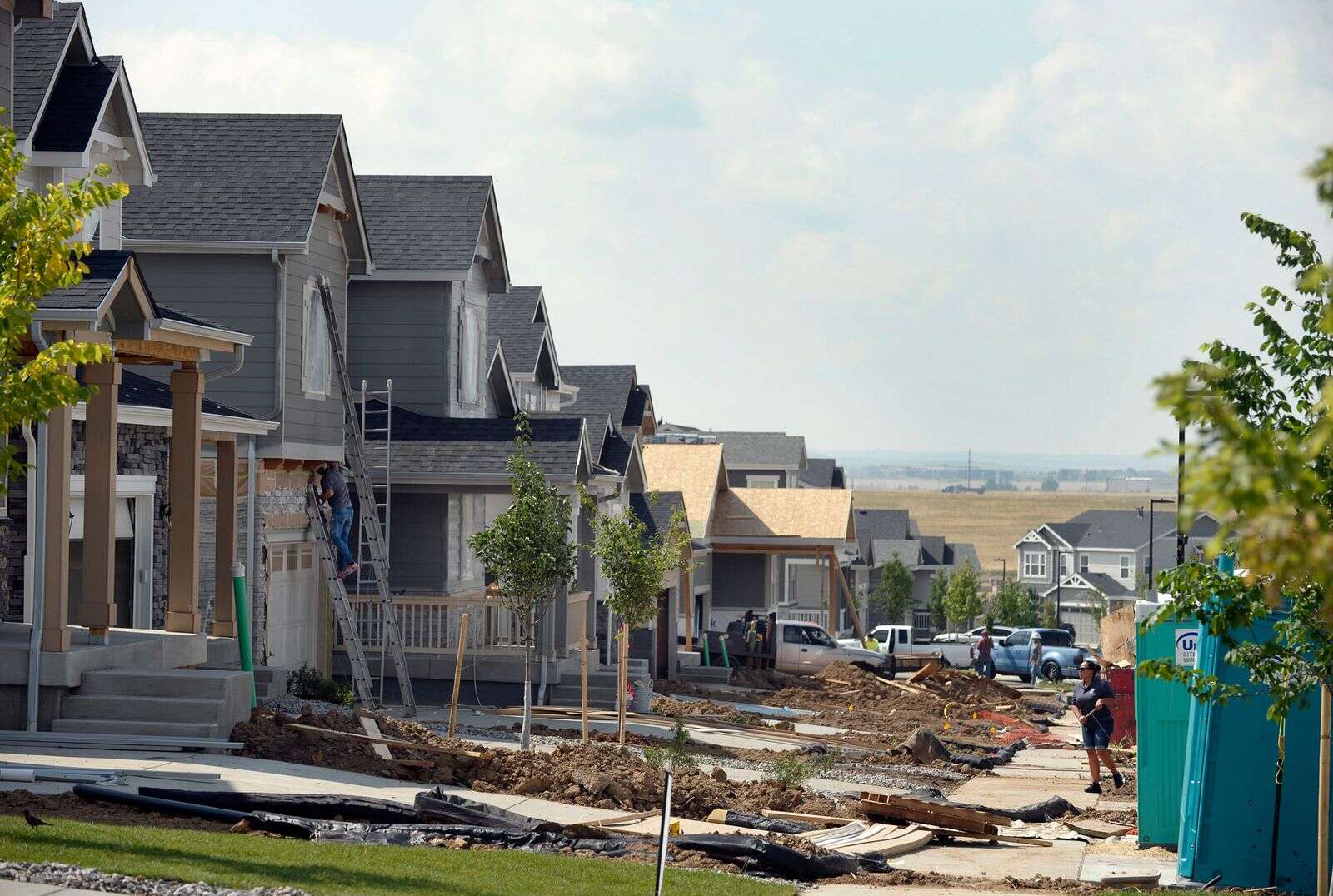
Aurora, Colorado, is a city that has undergone remarkable urban development in recent years, transforming into a vibrant and diverse metropolitan area. From its rich cultural heritage to its thriving economy and modern infrastructure, Aurora has become a hub of growth and innovation. As urban development continues to shape the city’s landscape, there are numerous fascinating facts that shed light on its evolution. Whether it’s the expansion of residential neighborhoods, the development of commercial centers, or the enhancement of public spaces, Aurora’s urban development story is both compelling and inspiring. Let’s delve into 14 intriguing facts about the urban development of Aurora, Colorado, and explore the dynamic changes that have propelled this city into a new era of prosperity and opportunity.
Key Takeaways:
- Aurora, Colorado is a vibrant and diverse city with a booming housing market, a thriving aerospace industry, and a commitment to sustainable urban development.
- The city’s rich cultural scene, renowned medical campuses, and strategic location near Denver International Airport are key factors driving Aurora’s rapid growth and development.
Aurora, Colorado is the third-largest city in the state.
As the third most populous city in Colorado, Aurora is a vibrant and diverse metropolis that continues to experience rapid growth and development.
The city spans across three counties.
Aurora extends across Arapahoe, Adams, and Douglas counties, making it a significant hub in the metropolitan area.
Aurora is home to the renowned Anschutz Medical Campus.
Recognized as one of the leading medical facilities in the nation, the Anschutz Medical Campus is a key driver of Aurora’s development and a major employer in the region.
The city boasts a thriving aerospace industry.
With companies like Boeing and Lockheed Martin operating in the area, Aurora has established itself as a prominent center for aerospace and defense technology.
Aurora’s housing market has been experiencing significant growth.
The city’s real estate sector has been expanding rapidly, attracting new residents and businesses seeking opportunities in the area.
The Gaylord Rockies Resort & Convention Center is a major landmark in Aurora.
As one of the largest resort convention centers in the United States, the Gaylord Rockies is a significant contributor to Aurora’s urban development and tourism industry.
Aurora is known for its extensive park and trail system.
The city’s commitment to green spaces and outdoor recreation has enhanced its appeal as a desirable place to live and visit.
The Fitzsimons Army Medical Center was a key factor in Aurora’s growth.
With the closure of the center, the area underwent significant redevelopment, paving the way for new urban development projects.
The city has a diverse and multicultural population.
Aurora’s rich tapestry of cultures and ethnicities contributes to its dynamic urban landscape and vibrant community life.
Aurora is home to a thriving arts and culture scene.
From galleries and theaters to public art installations, the city’s cultural offerings play a pivotal role in its urban development and identity.
The development of the Stanley Marketplace has been a major success story for Aurora.
This innovative urban marketplace has revitalized a former aviation facility, becoming a hub for local businesses and community gatherings.
The city is committed to sustainable urban development.
Aurora’s focus on sustainable practices and green initiatives underscores its dedication to responsible urban growth and environmental stewardship.
The University of Colorado Anschutz Medical Campus is a driving force behind Aurora’s development.
The campus’s research, education, and healthcare activities have significantly contributed to the city’s economic and urban advancement.
Aurora’s strategic location provides easy access to Denver International Airport.
The city’s proximity to the airport has bolstered its connectivity and accessibility, supporting its urban development and economic prosperity.
Conclusion
Urban development in Aurora, Colorado, is a dynamic and evolving process that has significant implications for the city’s future. As the population continues to grow and the economy diversifies, the city is facing new challenges and opportunities in managing its urban development. With a focus on sustainable and inclusive growth, Aurora is poised to become a model for innovative urban planning and development. By leveraging its unique strengths and addressing key areas of improvement, Aurora is laying the groundwork for a vibrant and resilient urban landscape that meets the needs of its residents and businesses.
Now, let's move on to the FAQs.
FAQs
What are the key factors driving urban development in Aurora, Colorado?
The key factors driving urban development in Aurora include population growth, economic expansion, infrastructure investments, and strategic planning initiatives.
How is urban development regulated in Aurora, Colorado?
Urban development in Aurora is regulated through zoning ordinances, land use regulations, building codes, and comprehensive planning efforts to ensure sustainable and orderly growth.
What role does sustainability play in urban development in Aurora, Colorado?
Sustainability is a central focus in urban development in Aurora, with an emphasis on green building practices, energy efficiency, public transportation, and environmental conservation.
What are some notable urban development projects in Aurora, Colorado?
Notable urban development projects in Aurora include the Fitzsimons Innovation Community, the Aurora Cultural Arts District, and the redevelopment of the city’s historic downtown area.
How does urban development impact community engagement in Aurora, Colorado?
Urban development in Aurora aims to foster community engagement through public participation processes, neighborhood revitalization efforts, and the creation of inclusive public spaces.
Was this page helpful?
Our commitment to delivering trustworthy and engaging content is at the heart of what we do. Each fact on our site is contributed by real users like you, bringing a wealth of diverse insights and information. To ensure the highest standards of accuracy and reliability, our dedicated editors meticulously review each submission. This process guarantees that the facts we share are not only fascinating but also credible. Trust in our commitment to quality and authenticity as you explore and learn with us.
